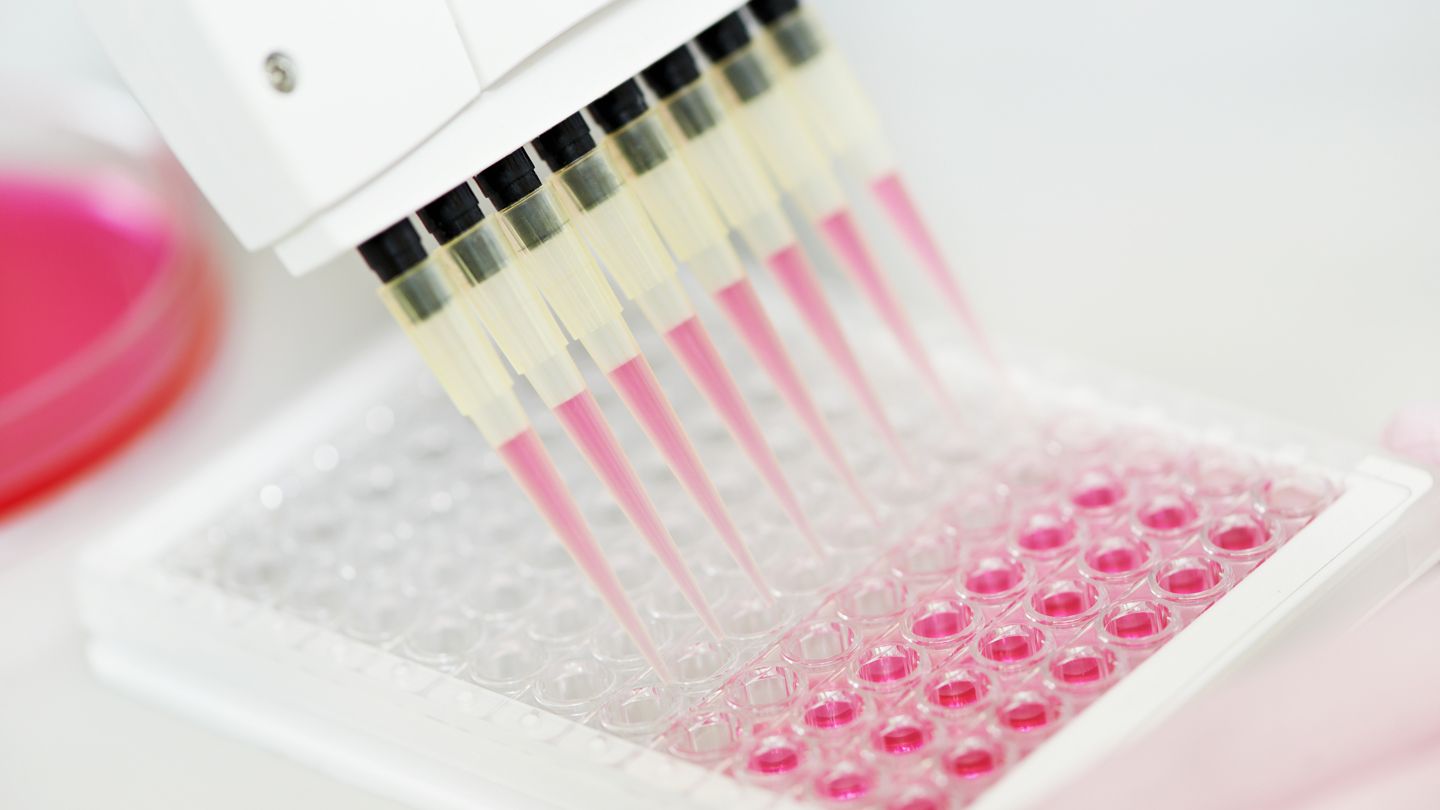ALS is a complex disease that affects people worldwide. It is named after the famous baseball player Lou Gehrig, who brought awareness to the condition when he was diagnosed in the 1930s. While there is no cure for ALS, understanding its early signs and symptoms is crucial for timely intervention and improved quality of life.
Understanding ALS
ALS primarily targets motor neurons, responsible for transmitting signals from the brain to muscles throughout the body. When these neurons degenerate, the brain’s ability to control muscle movement diminishes, leading to muscle weakness, atrophy, and eventually paralysis.
Initial Symptoms
Muscle Weakness and Atrophy
One of the earliest signs of ALS is muscle weakness, often beginning in the limbs. Tasks that were once easy, like buttoning a shirt or lifting a cup, become challenging. As the disease progresses, muscles begin to atrophy due to lack of use and nerve damage.
Difficulty in Speaking and Swallowing
Speech and swallowing difficulties, known as dysarthria and dysphagia, respectively, are common early symptoms of ALS. A person may struggle to articulate words clearly or experience choking while eating or drinking.
Cramps and Twitching
Unexplained muscle cramps and twitching, known as fasciculations, can occur early in ALS. These involuntary movements are caused by the malfunctioning motor neurons and can be both distressing and uncomfortable.
Fatigue and Exhaustion
ALS can cause extreme fatigue, even after minimal physical activity. This fatigue is not relieved by rest and can impact a person’s daily routine.
Progression of Symptoms
Spasticity and Stiffness
As ALS advances, spasticity and muscle stiffness become more pronounced. This can lead to reduced range of motion and increased discomfort.
Uncontrolled Emotional Responses
Pseudobulbar affect (PBA) is a condition that sometimes accompanies ALS. It causes uncontrollable laughter or crying, often unrelated to the individual’s emotional state.
Difficulty in Breathing
The weakening of muscles responsible for breathing can lead to shortness of breath, difficulty taking deep breaths, and respiratory challenges.
Diagnostic Process
Diagnosing ALS involves ruling out other conditions with similar symptoms. Medical history, physical examinations, and various tests play a crucial role in confirming the disease.
Medical History and Physical Examination
Doctors review the patient’s medical history and perform a thorough physical examination to assess muscle weakness, twitching, and other symptoms.
Electromyography (EMG)
EMG measures the electrical activity in muscles. In ALS, abnormal electrical patterns are often detected due to the degeneration of motor neurons.
Magnetic Resonance Imaging (MRI)
MRI helps rule out other potential causes for symptoms and provides detailed images of the brain and spinal cord.
Blood and Urine Tests
These tests can help eliminate other possible conditions that mimic ALS symptoms.
Management and Care
While there is no cure for ALS, various strategies can help manage symptoms and enhance the patient’s quality of life.
Multidisciplinary Approach
A team of healthcare professionals, including neurologists, physical therapists, speech therapists, and occupational therapists, work together to address the diverse needs of ALS patients.
Medications
Certain medications can help manage symptoms like muscle cramps, spasticity, and excess saliva production.
Physical and Speech Therapy
Physical therapy focuses on maintaining muscle strength and flexibility, while speech therapy addresses communication and swallowing challenges.
Quality of Life
Support Groups
Joining support groups allows ALS patients and their families to connect with others who understand their journey and challenges.
Assistive Devices
Devices like wheelchairs, communication devices, and adaptive tools can significantly improve the quality of life for those with ALS.
Communication Strategies
As speech becomes more challenging, individuals may adopt alternative communication methods, such as text-to-speech apps.
Promising Research
Scientists are actively researching potential treatments and causes of ALS.
Investigational Treatments
Clinical trials are testing new drugs and therapies that may slow down the progression of the disease.
Genetic Studies
Research into the genetic factors behind ALS could provide insights into its development and potential targeted treatments.
FAQs
- Can ALS be cured? Currently, there is no known cure for ALS. Treatment focuses on symptom management and improving the patient’s quality of life.
- Who is at risk for ALS? ALS can affect anyone, but certain genetic and environmental factors may increase the risk.
- What is the life expectancy after an ALS diagnosis? The life expectancy varies, but most individuals with ALS live for several years after diagnosis.
- Is ALS a hereditary disease? In some cases, ALS can run in families due to genetic mutations. However, most cases are not hereditary.
- How can I support a loved one with ALS? Providing emotional support, helping with daily tasks, and participating in caregiving are valuable ways to support someone with ALS.
Conclusion
Recognizing the early signs and symptoms of ALS is crucial for timely diagnosis and intervention. While the disease presents challenges, various strategies and therapies can improve the quality of life for individuals living with ALS. Ongoing research provides hope for potential treatments and a deeper understanding of this complex condition.








